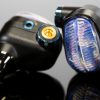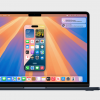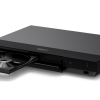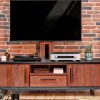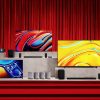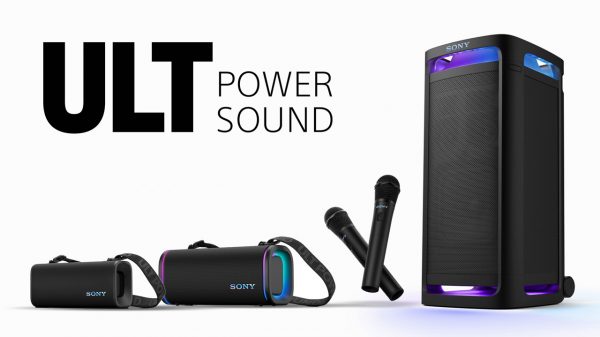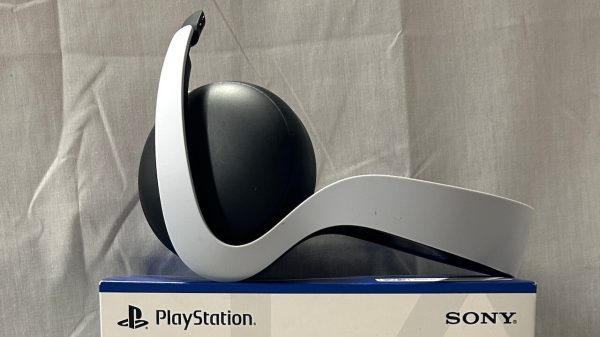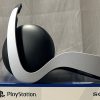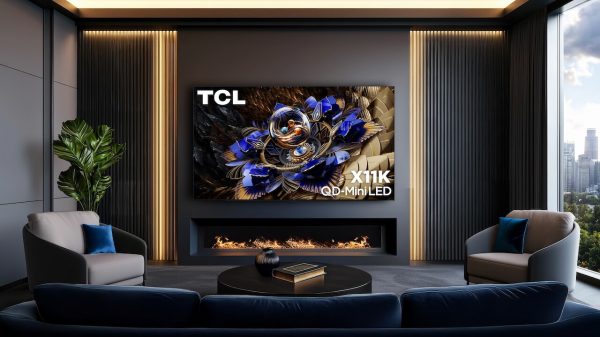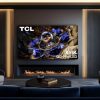When it comes to TVs, we take the tech for granted and in the final analysis, most TV buyers are not knowledgeable about the technology and they just want it to look good and be easy to use. We think you should know what you are buying because it actually helps to narrow down the proper options.
A major goal of TV makers is to find technology to improve TV capabilities and increase color depth and range. In recent years that has led to a technology referred to as Quantum Dots, which has resulted in the introduction of QLED and QD-OLED TVs. The following is an overview of this technology.

What a Quantum Dot Is
A quantum dot is a nanocrystal with semiconductor properties. When we say, nanocrystal we are talking about a dot that may be as small as 2 Nanometers (15 atoms) in size to 7 Nanometers (150 atoms) in size. This means that the number of quantum dots used a TV number in the millions.
Tip: Individual Quantum Dots are not visible to the naked eye.
When a quantum dot nanocrystal is hit with photons from an outside light source, the dot emits the color of a specific bandwidth, which is determined by its size. Larger dots emit light that is skewed toward red. As the dots get smaller, the dots emit light that is skewed toward green.
The process of a quantum dot emitting light of a specific color after being struck by a light source is referred to as Quantum Dot Color Conversion (aka QDCC). The QDCC process can be used in both LCD-based and OLED-based TVs.
To facilitate Quantum Dots are placed on a sheet of Quantum Dot Enhancement Film (aka QDEF).
QLED

A “QLED TV” “Neo QLED TV” or “Quantum Color TV” is an LCD TV with LED or mini-LED backlights plus a layer of quantum dots (QDEF) placed between the backlight and LCD display panel. The purpose of the Quantum Dot layer is to improve color beyond what the LCD color filters can accomplish.
Some companies that offer QLED TVs include Samsung, TCL, Hisense, and Vizio.
QD-OLED

In QD-OLED TVs Quantum Dots are combined with an OLED panel. In this configuration, LED blacklight and LCD panels are not needed to display images as the task is performed solely by an OLED and Quantum Dot panel.
The way it works is that a layer of OLED pixels is placed on the back of the TV that emits blue light. The blue light from the OLED pixels then strikes a layer of quantum dots, which in turn, produces green and red light, while a portion of the blue light from the OLED layer passes through to the screen as well.
The blue light from the OLED layer, combined with the green and red light created by the Quantum Dots produces the displayed screen images.
Tip: To compensate for an inherent problem of blue OLED pixel degradation, QD-OLED panels incorporate at least 3 layers of blue OLED pixels. Similar to OLED, QD-OLED technology supports the ability to display absolute black in addition to more precise color than OLED.
Companies that offer QD-OLED TVs so far are Samsung and Sony.
QD with Nanorods/MicroLED
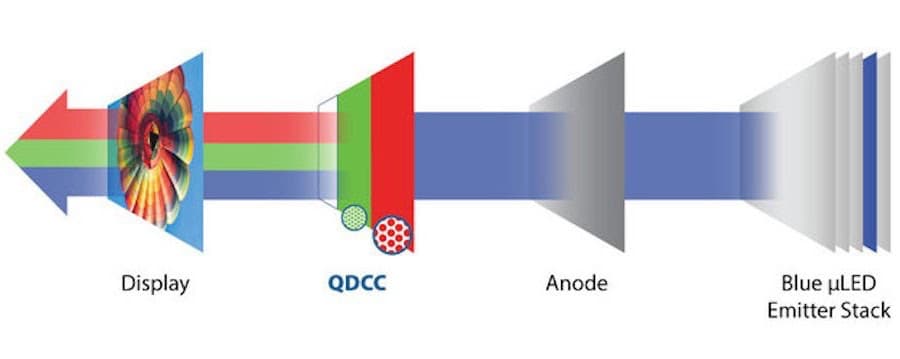
To eliminate possible degradation issues with using blue OLED panels, using Quantum Dots with Nanorod LEDs (similar to Micro LEDs) is being considered. Instead of using an organic Blue-OLED backing layer, Non-organic Quantum Nano Emitting Diodes (aka QNED – not to be confused with LG’s LCD-based QNED Mini-LED TVs) would be used to produce the necessary blue light source – with quantum dots doing the green and red color conversion as they do in QD-OLED.
However, nanorods/micro-LEDs are very expensive to manufacture – no TVs are available using this method (yet). Also, this solution still represents an interim step to the final goal for Quantum Dot technology.
QDEL (aka NanoLED)
The end goal is to make Quantum Dots self-emitting. This is referred to as QDEL (Quantum Dot Electroluminescent) or NanoLED (Electroluminescent Quantum Dot Display).


In this application, instead of the need for an external light source to stimulate the Quantum Dots to perform color conversion, they would be stimulated directly by electric current and produce both light and color (each QDEL pixel has three quantum dots – red, green, blue). This is similar to how pixels work in OLED TVs. This would eliminate the need for an external LED or OLED light source.
However, one obstacle to this goal is that Quantum Dots are heat sensitive. This means that if they are self-emitting, they would be generating more heat and become unstable. Also, just as with blue OLEDs, blue quantum dots are not as efficient.
Strides have been made in prototype development that has been encouraging, but QDEL is still not ready for prime time; it is possible that by 2025, you might see some products emerge.
How Quantum Dots Are Made

The whole concept of Quantum almost seems like magic, but they are definitely real and are mass-produced.
The video below demonstrates the basics of How Quantum Dots Are Made. Of course, production has been refined and scaled up to meet the manufacturing levels needed by TV makers. Quantum Dots are also used in other applications outside of consumer electronics, including medicine, which is also discussed in the video.
Tip: When Quantum Dots were developed, Cadmium was a principal part of Quantum Dot structure but is classified as a toxic element for use in TVs. However, in recent years, cadmium-free Quantum Dots have been developed for environmentally safer use in today’s TVs, but the manufacturing steps are the same.
Related Reading




